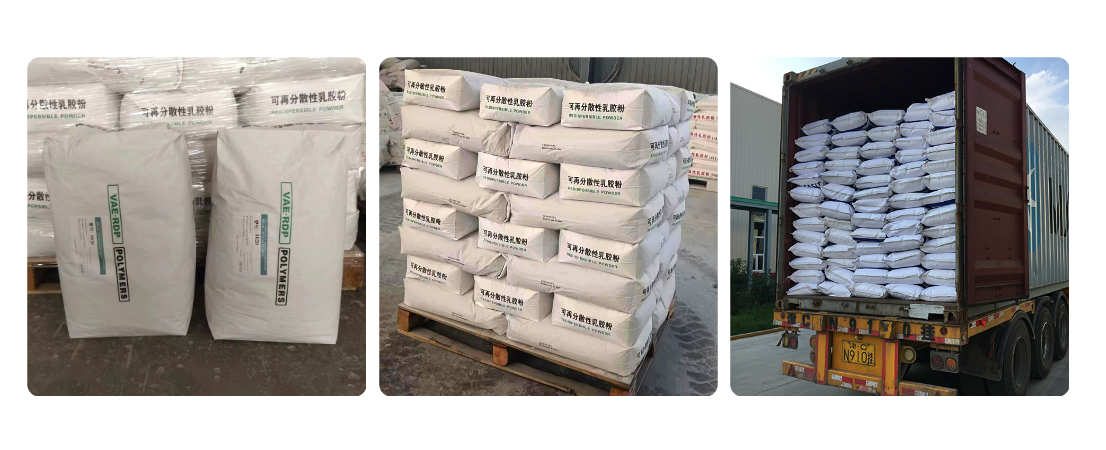
Rgp . 20, 2024 01:01 Back to list
Understanding the Properties and Applications of Redispersible Polymer Powders in Construction
Redispersible Polymer Powder An Overview
Redispersible polymer powders (RDPs) are a category of polymer materials that have gained significant attention in various applications, particularly in construction and building materials. These powders are produced by drying a polymer emulsion into a fine, free-flowing powder. Upon contact with water, RDPs can quickly rehydrate, redisperse, and recover their original properties, which makes them incredibly valuable in numerous formulation processes.
Redispersible Polymer Powder An Overview
The applications of redispersible polymer powders are extensive and varied. They are commonly used in the production of tile adhesives, self-leveling compounds, waterproofing membranes, and repair mortars. In tile adhesives, for instance, RDPs improve the wet adhesion and initial grab of the adhesive, allowing tiles to bond securely to substrates. In self-leveling compounds, they enhance the flow properties, ensuring an even application that settles uniformly on surfaces. In waterproofing applications, RDPs contribute to the formation of a barrier that resists water infiltration while also offering flexibility to withstand movements within the structure.
redispersible polymer powder wikipedia

RDPs are favored for their ease of use and storage. In a powder form, they have a long shelf life and can be combined with other powders without immediate chemical reactions. This feature facilitates the formulation of premixed dry mortar products, which can be conveniently transported and stored before being mixed with water on-site for application. This just-add-water convenience streamlines construction processes and minimizes waste.
From a technical standpoint, the performance of an RDP is influenced by various factors, including the type of polymer used, the degree of polymerization, and the drying process employed during manufacturing. Common polymers used for RDPs include ethylene-vinyl acetate (EVA), styrene-acrylate, and polyvinyl acetate (PVA). Each type offers unique properties, allowing formulators to select specific RDPs tailored to meet the requirements of their applications.
Environmental considerations are increasingly important in material selection today. Many manufacturers are focusing on creating RDPs that are low in volatile organic compounds (VOCs) and have minimal environmental impact. These developments align with the global push for more sustainable building practices, contributing to greener construction materials.
In conclusion, redispersible polymer powders are a versatile and essential component in modern construction and building material formulations. Their ability to enhance performance, ease of use, and storage advantages make them indispensable in creating high-quality construction products. As the construction industry continues to evolve, the role of RDPs will likely expand, driving innovations in material science and contributing to the development of more sustainable building solutions. With ongoing research and development, the future of redispersible polymer powders looks promising, supporting the continuous improvement of materials used in various applications worldwide.
-
The Widespread Application of Redispersible Powder in Construction and Building Materials
NewsMay.16,2025
-
The Widespread Application of Hpmc in the Detergent Industry
NewsMay.16,2025
-
The Main Applications of Hydroxyethyl Cellulose in Paints and Coatings
NewsMay.16,2025
-
Mortar Bonding Agent: the Key to Enhancing the Adhesion Between New and Old Mortar Layers and Between Mortar and Different Substrates
NewsMay.16,2025
-
HPMC: Application as a thickener and excipient
NewsMay.16,2025
-
Hec Cellulose Cellulose: Multi functional dispersants and high-efficiency thickeners
NewsMay.16,2025







